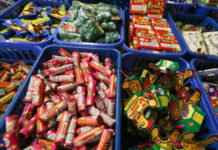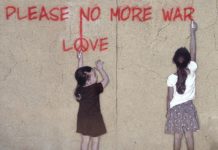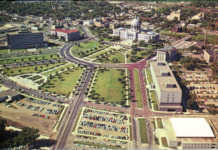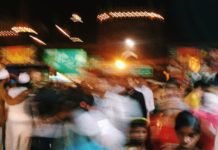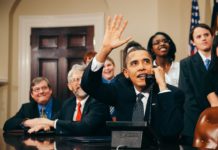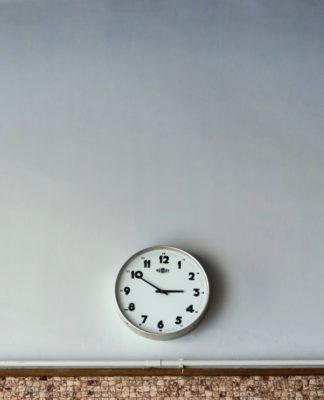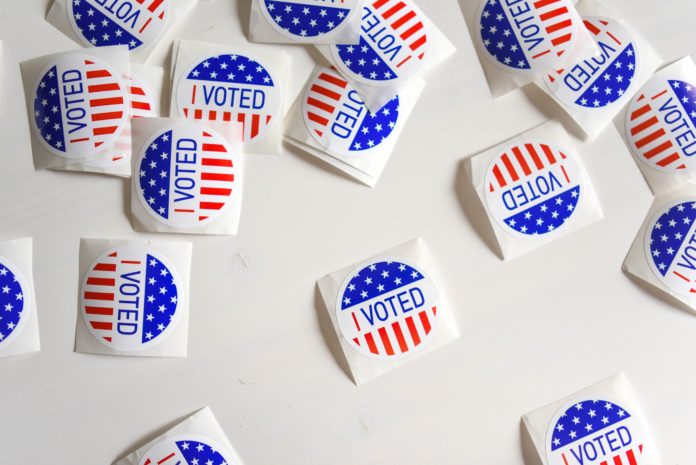
Election day is nearly here. Not only is it the one day where adults can be unapologetically excited about wearing stickers, it is of course, the day we select who represents us and runs our country. This year, the eighteen-and-over crowd will not be the only ones participating in the election process.
The Student Mock Election
Since 2016, the Minnesota Secretary of State’s office rolled out the Student Vote Mock Election where high school students from all across Minnesota can participate in the voting process through a mock election. With the Student Vote Mock Election, students can get engaged and excited about politics, have the opportunity to learn about the voting and election process as well as gain a sense of the responsibility and power they will have in the future when they actually go to the polls themselves.
The mock elections are held prior to Election Day to allow the students the chance to share their voice and showcase their opinions and engagement in the voting process before the focus shifts to the actual Election Day results which can drown out the student experience.
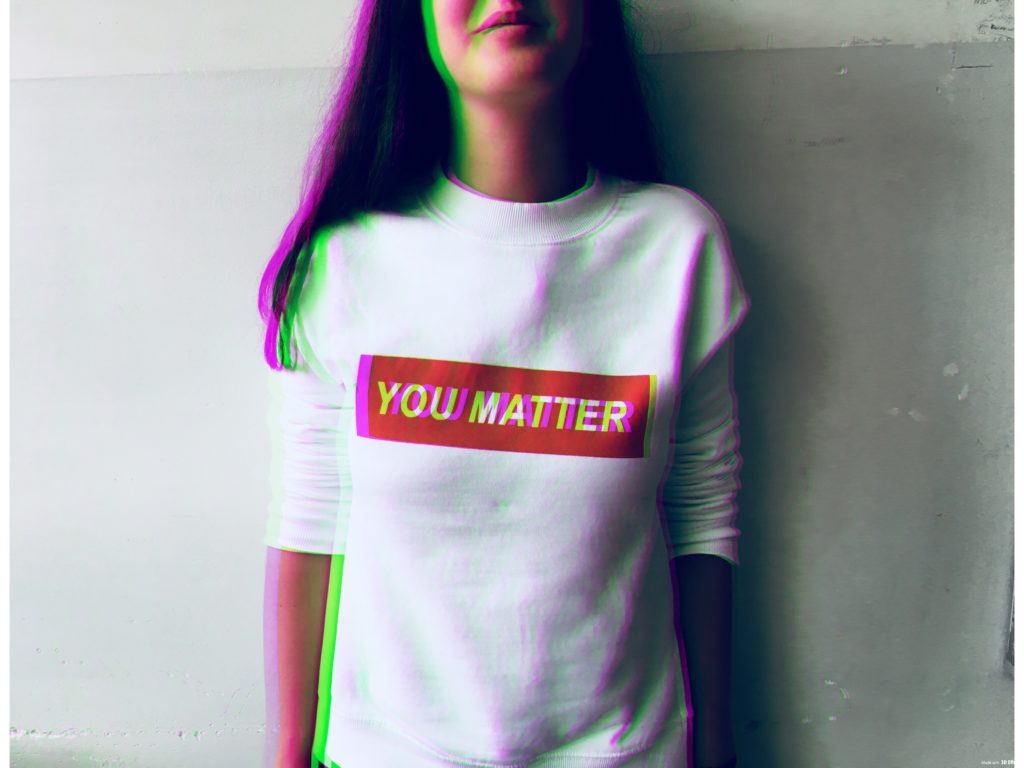
The first year of mock elections in 2016 showed massive interest with 96,000 high school students from 281 schools across Minnesota casting their vote. This year the state is seeing even more participation.
Minnesota high schools have stepped up to get kids engaged in our democracy,” said Secretary Simon. “The participation levels we are seeing – 290 schools across the state – are remarkable. Minnesotans are a civically engaged people and programs like Students Vote help young Minnesotans establish good habits early. Many of these young people are on the cusp of turning 18 and having formal political power. I hope we have created for them some excitement about just how important it is to be a voter.
For this year’s mock election, the students received a ballot that mimics the real one with the exception that they will only vote on the Minnesota Governor’s race as it’s too difficult to localize the ballot for all of greater Minnesota.
Some high schools are waiting until Election Day to hold their mock elections, however, 45,941 votes from 156 schools had been counted and the preliminary results of the mock election are in.
Preliminary Election Results:
As of October, 30 the Student Vote Mock Elections show Tim Walz and Peggy Flanagan of the Democratic-Farmer-Labor party leading Republican party Jeff Johnson and Donna Bergstrom by approximately 10 percent – 41.04 percent to 31.32 percent.
Chris Wright and Judith Schwartzbacker of Grassroots-Legalize Cannabis party have 17.16 percent and Libertarian party Josh Welter and Mary O’Connor have 5.59 percent of the vote.
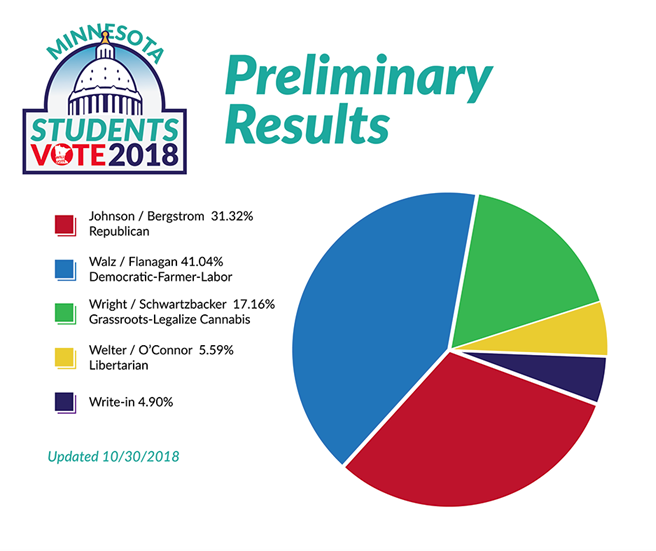
So what does this mean? Well, it gives us a clue into the mindset of our next young generation and shows us how they might vote when the time comes for them to head the polls. In addition, it may also show us where the outcome of our current election is heading as in 2016, the Student Vote Mock Election results showed Donald Trump and Mike Pence narrowly defeating Hillary Clinton and Tim Kaine by about two percent—34.97% to 32.89%. Interesting, to say the very least.
So while the students have cast their votes and received their stickers, it will soon be our turn. Make sure you head to the polls yourself and if you have any questions go to the Minnesota Secretary of State website for information on voter registration, where to vote, and what’s on your ballot.
If you need help getting to the polls Uber and Lyft will also be offering discounted and in some cases free rides to the polls on Election Day. The promo code for Uber is VOTE2018 and to find the promo code for Lyft in your area click here.
Happy Voting.
Read this next: Government layers: Understanding Twin Cities government, from the outside to the inside



